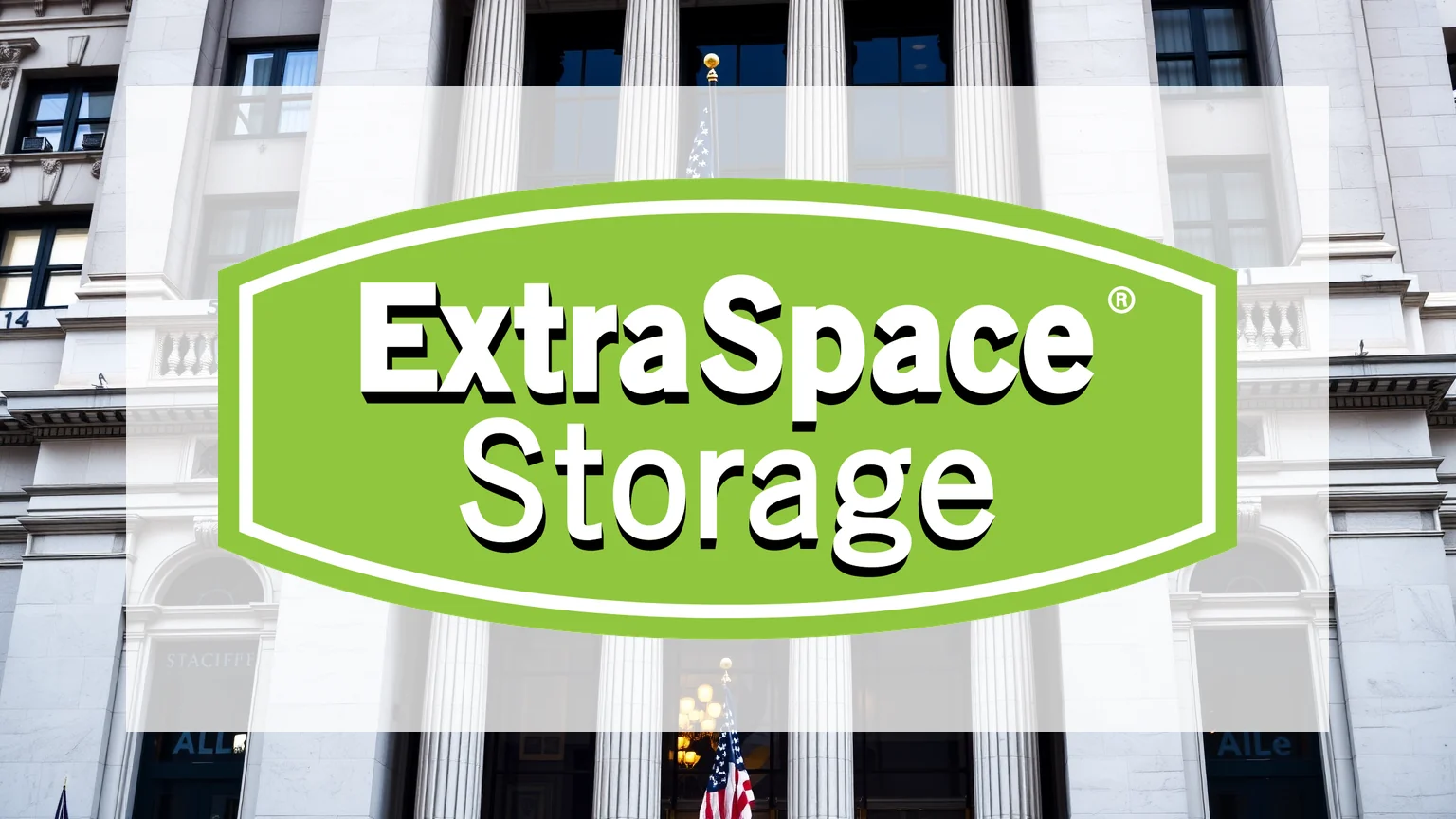While much of the U.S. real estate sector contends with escalating operational expenses, Extra Space Storage demonstrates notable resilience. The self-storage REIT faces its own set of challenges, including soaring property taxes and compressed profitability, yet its commitment to its dividend remains firm. The critical question for investors is whether the company’s impressive occupancy levels can effectively counteract these negative pressures.
Operational Performance Under Strain
The company’s latest operational data presents a mixed financial picture. On one hand, Extra Space Storage continues to report a robust occupancy rate of 94.6%, a key strength in the self-storage industry. Conversely, its same-store net operating income experienced a 3.1% decline during the second quarter. This contraction was primarily driven by a substantial 19.2% jump in property tax expenses throughout the first half of the year.
Markets such as California and Texas have been particularly impactful, where increased tax burdens have significantly eroded earnings. Although overall revenue grew by 3.8% to reach $841.6 million, same-store revenue remained essentially flat. The company’s core funds from operations (FFO) per share decreased by 49 basis points to $2.05, narrowly missing market expectations.
Analyst Sentiment Shifts Toward Caution
Market experts have recently adopted a more cautious stance toward the self-storage sector. Within a short timeframe, two major financial institutions revised their positions on Extra Space Storage. Citigroup reduced its price target from $165 to $150, while Goldman Sachs took more decisive action, downgrading the stock from “Buy” to “Neutral” and slashing its target from $169 to $146.
Should investors sell immediately? Or is it worth buying Extra Space Storage?
These significant adjustments reflect growing concerns about margin compression affecting the entire self-storage industry. While the consensus rating still formally stands at “Moderate Buy,” the recent wave of downgrades indicates a definite shift toward caution. The average price target of $160 still suggests potential upside, but the direction of recent revisions speaks volumes about changing market sentiment.
Dividend Stability Provides Investor Assurance
Amid this uncertainty, management has delivered a clear message of stability by maintaining its quarterly dividend distribution at $1.62 per share. This payment provides investors with a yield of approximately 4.5% and appears sustainable, supported by an FFO payout ratio of 82.4%—a figure that aligns with industry standards.
The company’s financial foundation seems adequately positioned to maintain this distribution. With a debt-to-EBITDA ratio of 1.6x and an interest coverage ratio of 2.47x, Extra Space Storage operates within conservative financial parameters. Additionally, the company has insulated itself against interest rate volatility by maintaining fixed-rate terms on 89% of its outstanding debt.
Despite these defensive strengths, investors remain concerned about whether these factors will be sufficient to reverse the negative trend. The stock’s underperformance relative to both the S&P 500 and the broader REIT sector suggests market participants have lingering doubts about the company’s near-term prospects.
Ad
Extra Space Storage Stock: Buy or Sell?! New Extra Space Storage Analysis from November 24 delivers the answer:
The latest Extra Space Storage figures speak for themselves: Urgent action needed for Extra Space Storage investors. Is it worth buying or should you sell? Find out what to do now in the current free analysis from November 24.
Extra Space Storage: Buy or sell? Read more here...













